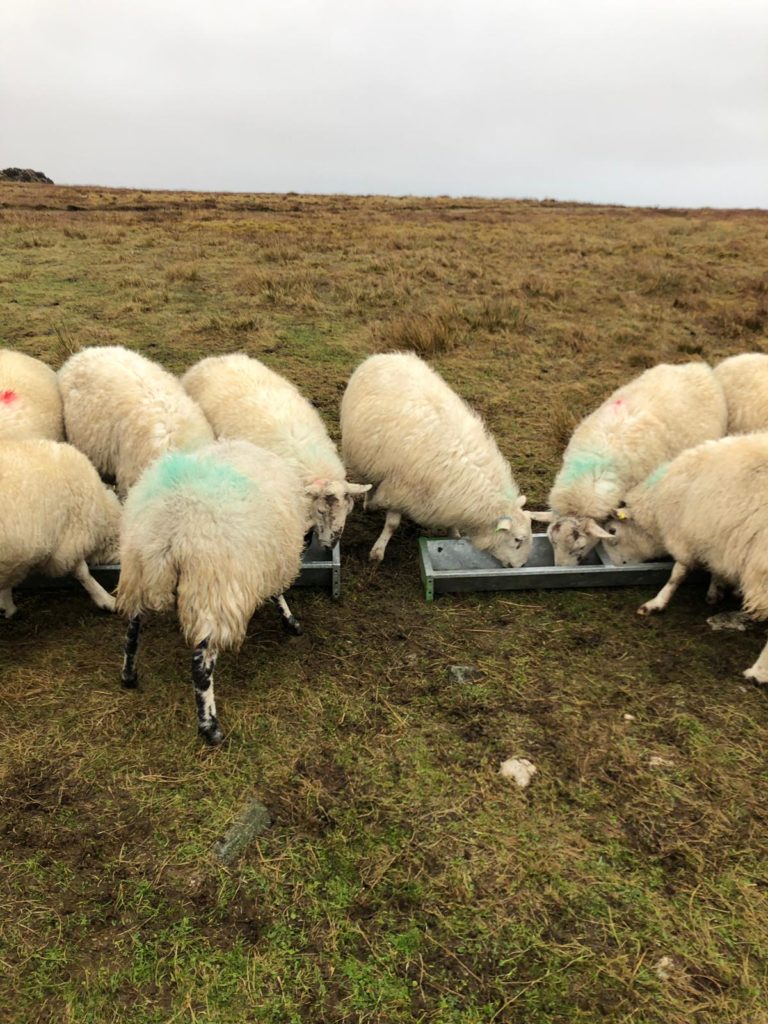Flock Winter Management Tips
13 November 2020Our winters are getting wetter and milder, but snow can still catch us out. A bad winter can impact the ewes and the land for over a year. Consider and discuss extreme weather response plans now to prevent ongoing issues. Some considerations below:
Minimise soil damage
Poaching across the whole farm will impact spring grass growth. When it is extremely wet, bringing animals in or onto hard standing and feeding is the ideal scenario, but this is expensive and not always an option. Some may consider localising the poaching damage in the flatter fields away from water courses. The grass in these fields will be negatively affected but at least you will have the rest of the farm productive come spring.
Forage stocks
Consider three weeks snow cover, 100 lowland ewes would require around 20 bales of silage (750 kg, 25% dry matter) or 14 big hay bales (330 kg, 85% dry matter), lighter hill ewes would require around 15 silage bales or 10 big hay bales. If you haven’t got this now, consider whether it is worth buying in.
Shelter
Ewes are resilient but it is important they have the option to shelter in wet, cold weather for their welfare and to prevent them losing too much condition. Check and restore shelter such as walls and in field shelters. However, try to rest the best lambing or turnout fields until spring as grass growth on these fields will be important. If you have spare old straw bales, it might be worth putting them out and plan further shelter belt planting whilst able to observe the winter conditions.
Bringing stock indoors
If you do bring ewes indoors or onto hard feed, manage the transition carefully to prevent shocks to their system. Remember, no more than 250 g hard feed per head per day to start with and increase by no more than 100 g per day. Have shed space ready for bringing in stock quickly and check water troughs, bedding and feeding areas are clean and ready.
Training
Young ewes might need trained to eat hard feed, this is worth the effort. Provide a high energy ewe roll in troughs or through a snacker and make sure they have little alternative food, i.e. on stubbles or bare fields. This is easiest with unmated ewe lambs, if they have been tupped, wait until three weeks after the tup was taken out.
We hope that this winter isn’t too hard going but best to have these discussions and prepare now to reduce stress, cost and impact further down the line.
Poppy Frater, poppy.frater@sac.co.uk
Sign up to the FAS newsletter
Receive updates on news, events and publications from Scotland’s Farm Advisory Service

